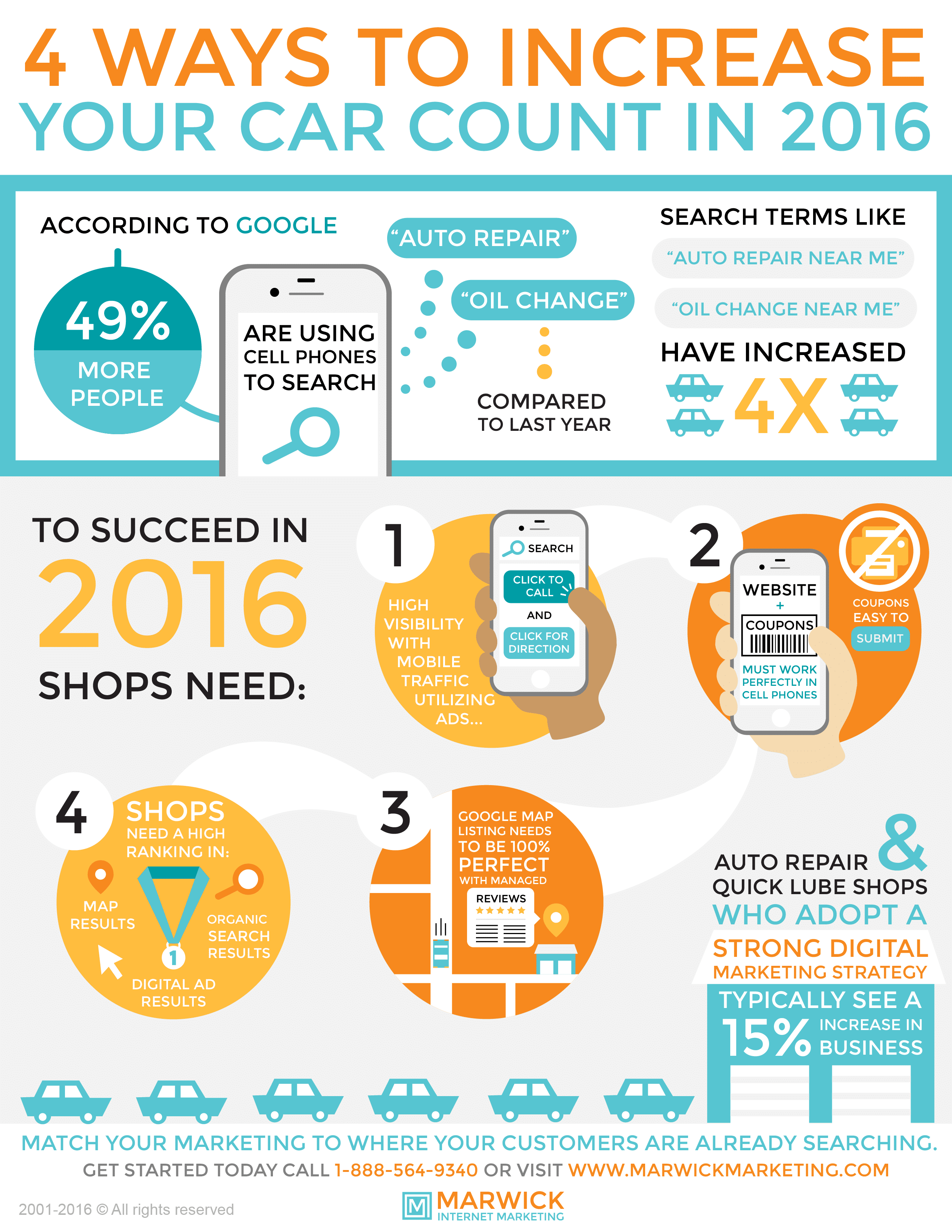Intend To Discover More Concerning The Warning Lights On Your Dashboard? Discover What They Indicate Concerning Your Automobile'S Health And Wellness
Intend To Discover More Concerning The Warning Lights On Your Dashboard? Discover What They Indicate Concerning Your Automobile'S Health And Wellness
Blog Article
Post By-Vinson Dalgaard
When you lag the wheel, those beautiful warning lights on your control panel can be a little bit perplexing. Do you understand what they're trying to inform you regarding your auto's wellness? Comprehending the relevance of these lights is vital for your safety and security and the durability of your automobile. So, the following time one of those lights appears, wouldn't you wish to decipher its message properly and take the essential actions to resolve it?
Common Caution Lights and Interpretations
Determine common warning lights in your auto and understand their definitions to make certain safe driving.
One of the most common caution lights consist of the check engine light, which indicates problems with the engine or emissions system. If this light comes on, it's vital to have your lorry checked without delay.
The oil stress alerting light indicates reduced oil pressure, needing immediate interest to stop engine damages.
A blinking battery light may recommend a malfunctioning billing system, potentially leaving you stranded otherwise resolved.
The tire pressure tracking system (TPMS) light notifies you to reduced tire stress, impacting car stability and fuel effectiveness. Disregarding this could cause risky driving problems.
The abdominal muscle light indicates a problem with the anti-lock braking system, compromising your ability to quit quickly in emergencies.
Finally, the coolant temperature level alerting light warns of engine overheating, which can lead to extreme damage otherwise fixed quickly.
Recognizing these typical caution lights will certainly assist you deal with problems without delay and keep risk-free driving problems.
Relevance of Prompt Interest
Understanding the typical caution lights in your vehicle is just the first step; the significance of quickly resolving these cautions can not be highlighted sufficient to guarantee your safety when driving.
When a warning light illuminates on your dashboard, it's your auto's method of communicating a possible problem that requires focus. Disregarding https://johnathaneysle.blogdal.com/30347105/a-newbie-s-fast-lane-to-auto-detailing-in-less-than-an-hour can bring about a lot more severe problems later on, compromising your safety and possibly costing you a lot more out of commission.
https://www.expressnews.com/news/local/article/automobile-age-San-Antonio-17030731.php to alerting lights can avoid malfunctions and mishaps. For instance, a blinking check engine light might indicate a misfire that, if left ignored, could trigger damage to the catalytic converter. Addressing this immediately can conserve you from a pricey repair work.
Likewise, a brake system advising light may signal low brake liquid or worn brake pads, important elements for your safety and security when driving.
DIY Troubleshooting Tips
If you discover a warning light on your dashboard, there are a few DIY repairing pointers you can attempt before seeking specialist aid.
The first step is to consult your auto's guidebook to understand what the specific caution light suggests. Occasionally the concern can be as basic as a loosened gas cap activating the check engine light. Tightening the gas cap may solve the issue.
One more usual concern is a low battery, which can trigger various warning lights. Examining the battery links for rust and ensuring they're protected could deal with the issue.
If a caution light persists, you can try resetting it by separating the car's battery for a few minutes and afterwards reconnecting it. In addition, checking your automobile's fluid degrees, such as oil, coolant, and brake liquid, can aid troubleshoot warning lights connected to these systems.
Verdict
In conclusion, understanding your vehicle's caution lights is vital for maintaining your automobile running smoothly and securely. By quickly attending to these notifies and knowing what they imply, you can prevent costly repairs and prospective failures.
Remember to consult your car's guidebook for particular details on each advising light and take action appropriately to ensure a trouble-free driving experience.
Stay notified, remain safe on the road!
